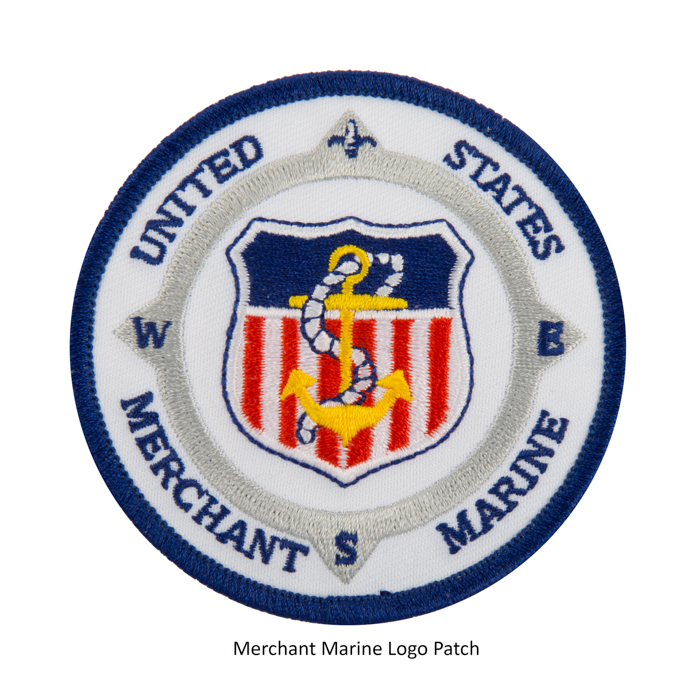The Merchant Marine
Talking Transportation
By Jim Cameron
Looking for a career in transportation with good pay, incredible job security, free room and board and a chance to “sea” the world? Check out the US Merchant Marines.
Though the US is heavily dependent on overseas imports, most of the big container ships and tankers serving our ports are not American. But under federal law, any shipping between US ports must be on vessels owned, built, flagged and staffed with US crews.
Although there are only about 200 US vessels that meet those “Jones Act” criteria, they all need crews. So how do you break in to this biz? There are two routes:
GOING TO SCHOOL: Locally we have two Maritime Academies: one operated by SUNY is in the Bronx, under the Throggs Neck Bridge. There’s also the prestigious federal Merchant Marine Academy at Kings Point NY and similar 4 year schools in Maine, Massachusetts and California. You’ll graduate with a bachelor’s degree ready to serve at sea starting at the level of third mate.
HAWSEPIPING: This is the harder way to get aboard. You start basically as an apprentice (Ordinary Seaman) for 365 days at sea doing things like cleaning toilets and literally “learning the ropes”. Then you take a Coast Guard exam and after another 180 days service you become an Able Bodied Seaman. After another year you take a test for your First Mate’s license. Then you can “touch the mahogany”, using the tiller on the bridge to steer the vessel, always under guidance of a Captain. You then work as a Mate for 365 eight-hour days and take another test to become a Captain. If you can’t pass that test on three tries, you have to wait another year (presumably hitting the books again).
“We’ve got to get them started when they’re young,” says Captain Jim McGuire. “If you’re right out of high school you’ll have time to build a career.” But he admits he does work with middle-aged seamen who left careers in computers or the law to work afloat. There’s no mandatory retirement age, but you do have to take a physical every five years.
But how’s the pay?
Ordinary Seamen earn “a bit better than at McDonalds” says McGuire. After five years on the job, Able Bodied Seamen make about the same as office workers. And Mates (second in command to the Captain) pay “about the same as a mid-level management job.”
And there is a whole slew of other opportunities in Engineering.
McGuire’s crews serve on the Bridgeport – Pt Jefferson ferry working three days on and three days off. They work 12 hour shifts with mandatory rest periods and actually live onboard the ferries. They share a bunk room, lounge and mess, taking turns to cook.
Last year all crew members got a 10% wage hike and handsome 401K bonuses as well as full medical coverage.
McGuire says the job has other perks too: you get to work outdoors, meet lots of people (the passengers), have great job security and, if you don’t like the crew meal you can eat for free at the snack bar.
Jim Cameron is founder of the Commuter Action Group and advocates for Connecticut rail riders. His weekly column “Talking Transportation” is archived here. You can contact Jim at [email protected].

